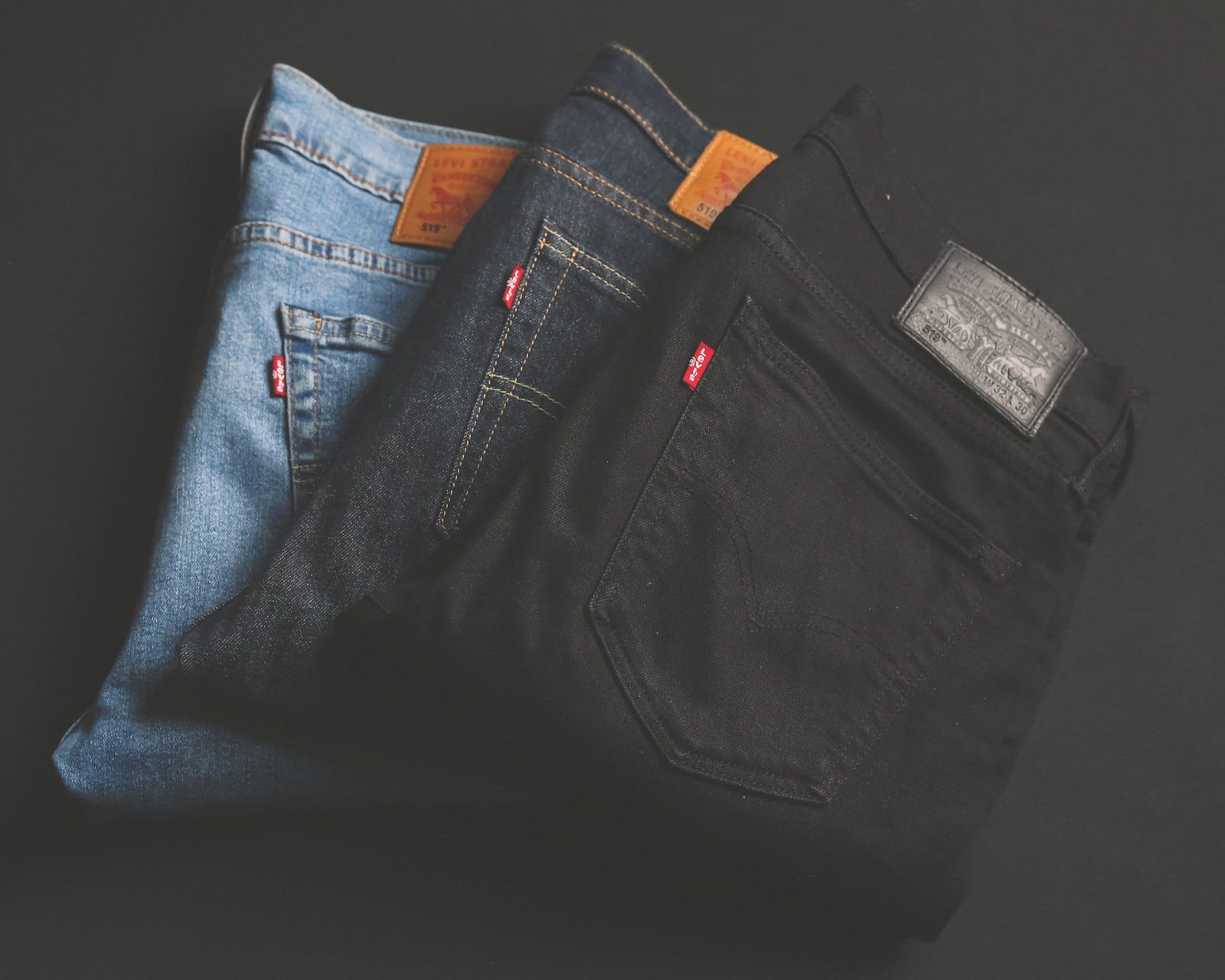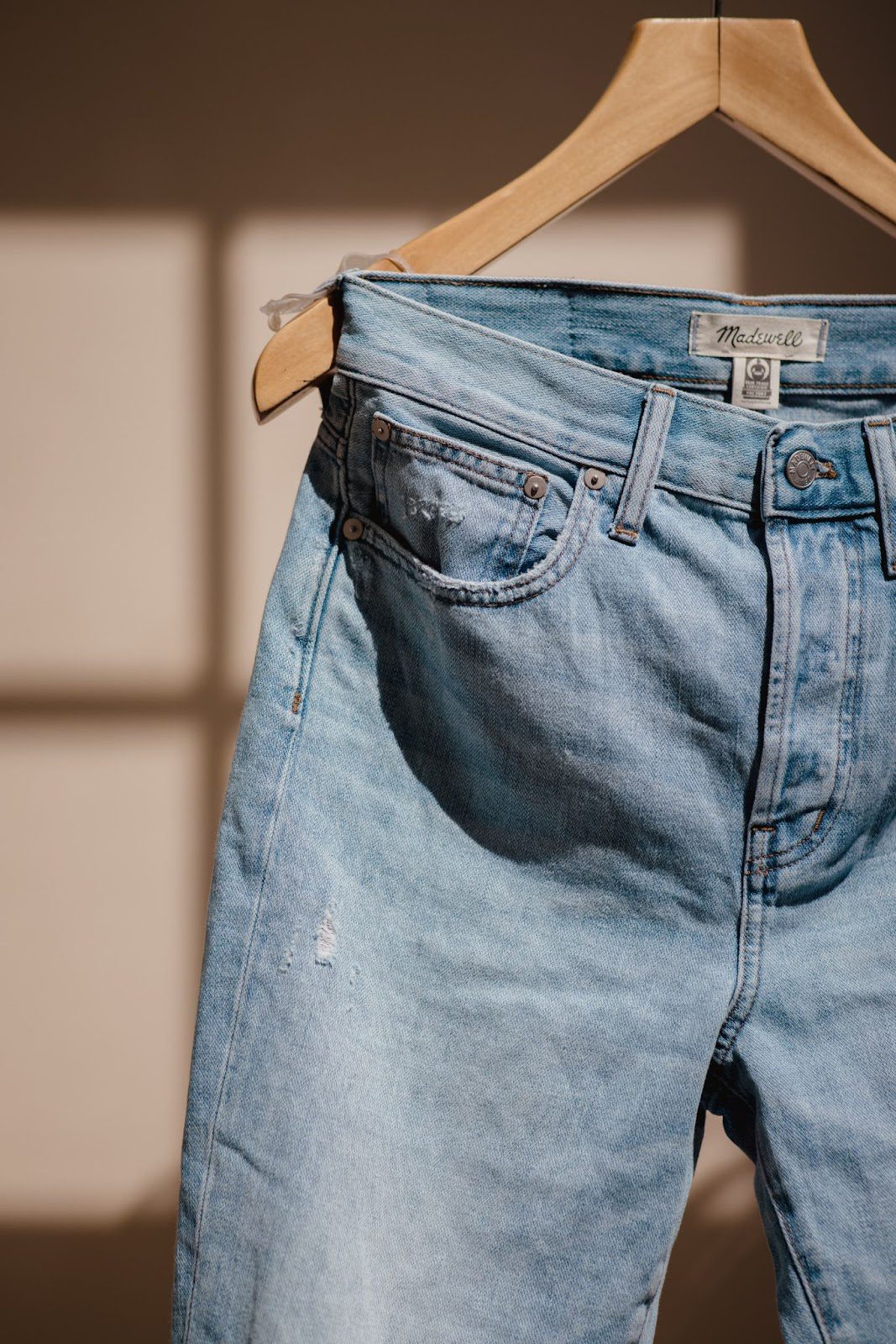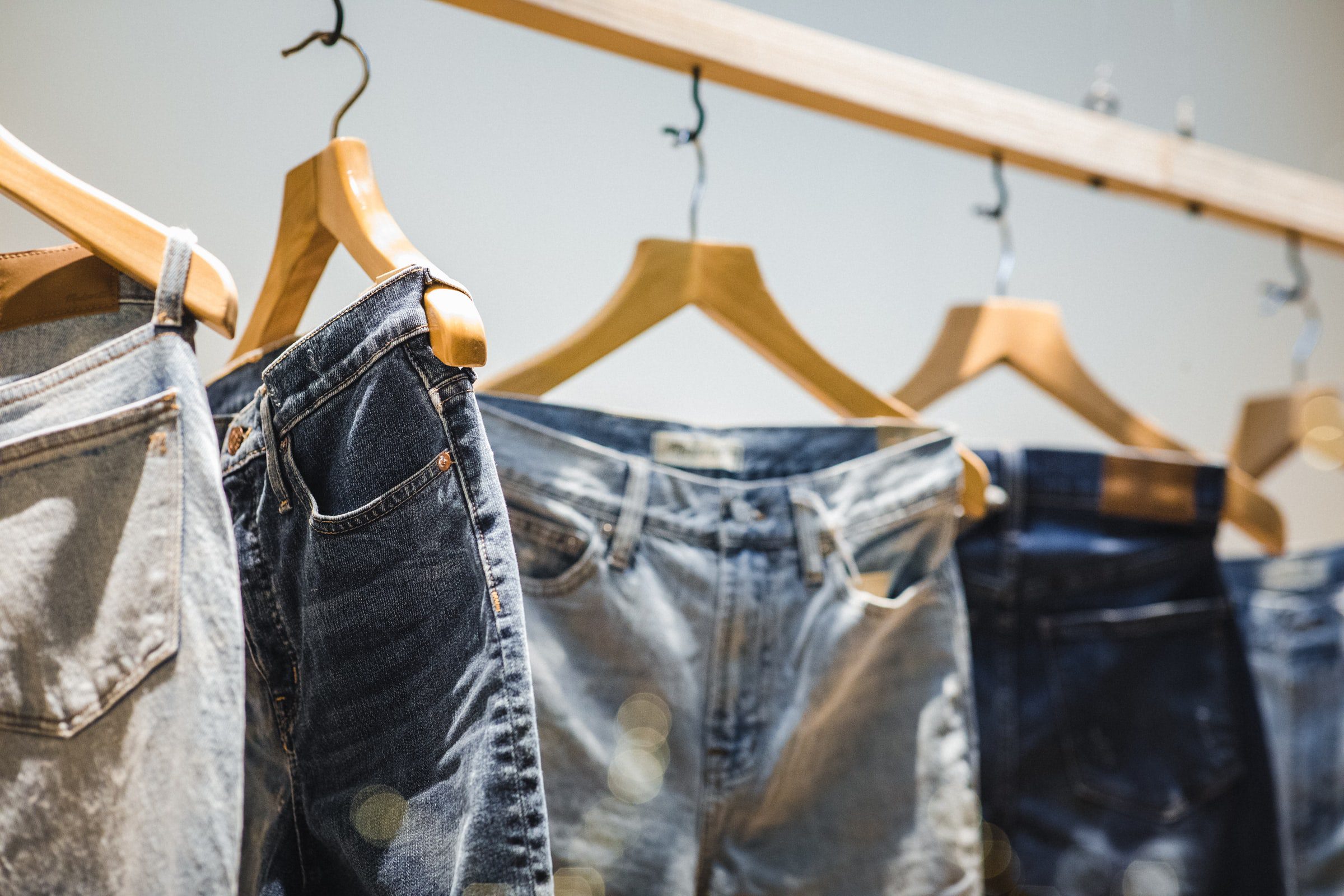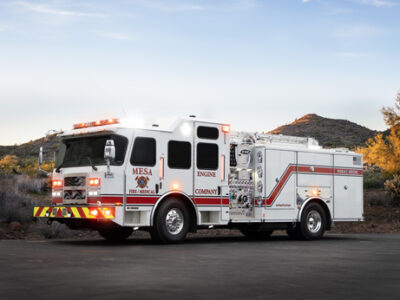In 2020 as the doors to the world began to close, retail stores followed and consumers were forced to transition to online shopping for their clothing needs. Instead of purchasing from the inexpensive fast-fashion houses, which the industry had obsessed over for decades, consumers began to shift their attention to sustainable and pre-worn clothing.
As corporations refocus their attention towards making cleaner choices for the planet, the longevity and affordability of thrifted garments has gained appeal to consumers — allowing for an easy transition into a more sustainable lifestyle. According to ThredUp, the typical thrifter bought seven items second-hand in 2020. Not only does purchasing second-hand save money, but it also saves the environment as nearly 60 percent of fast fashion garments are discarded each year.
While thrifting is often described as a trend, led by younger generations, purchasing second-hand clothing is becoming more widely accepted and incorporated into a mainstream activity. While the uptick in thrifting has led to the decline of fast fashion, a handful of retailers and manufacturers have been quick to take advantage of the sustainable mindset. As the trend continued to gain momentum throughout 2020 and into 2021, major retailers such as Levi’s, Guess and Madewell jumped at the opportunity to sell vintage garments to environmentally-conscious customers. These organizations are leading the way towards a sustainable fashion future.
In the fall of 2020, Levi’s launched Levi’s SecondHand, a two-for-one buyback program and re-commerce site centered around denim. Individuals can now sell their used Levi’s jeans, shorts and jackets for credit towards a future purchase and purchase vintage Levi’s directly from the source. The user-friendly site invites consumers to join a more sustainable future by purchasing used clothing. Upfront, Levi’s claims that “if everybody bought one used item this year, instead of buying new, it would save 449 million pounds of waste.”
In line with the environmentally-conscious trend, celebrities such as Hailey Bieber and Emma Chamberlin are featured wearing vintage Levi’s on the Secondhand website. Advertising campaigns with these recognizable faces have propelled the conversation of sustainable fashion-forward, allowing it to become part of the new normal.

Shortly after Levi’s introduced their re-commerce site, Guess announced their Certified Vintage Program. Similar to Levi’s, Guess curates its releases of vintage garments to fit its consumer base. Individuals can then purchase the worn clothing through the frequent archive drops. Guess decided to branch out and include other clothing items in addition to jeans through their vintage initiative allowing individuals to purchase sweatshirts and shirts from the website.
In July of 2021, Madewell confirmed that the vintage trend will last the test of time. Their recently launched “Madewell Forever” line sells pre-loved denim in hopes of doubling the lifetime of jeans. The first release consisted of 3,000 pairs of previously owned Madewell jeans that covered many styles to allow for diversity of choice. By continuously providing variety, Madewell will expand the base of vintage consumers.

Together, these three companies are pushing sustainable denim forward, a garment notorious in the fashion industry for its water consumption. On average, producing one pair of jeans requires 8000 gallons of water, equivalent to what one person drinks in seven years. Levi’s had already launched its Wellthread line in 2015, which focused on creating new products with less water, but the introduction of Secondhand, along with its competitors, creates that much more momentum for the world of sustainable fashion. With hopes of other major retailers following in the footsteps of Levi’s, Guess and Madewell, vintage clothing can be made accessible to every consumer.





